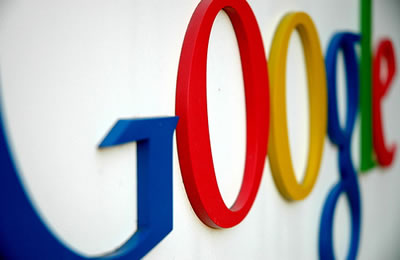Google Revises Guidelines For Faster Mobile Access

Developers are issued new guidelines from Google to speed up the loading of web pages on smartphones
Google is doing its part to drive the mobile revolution after it issued a new set of guidelines for webmasters, so they can optimise their web pages for display on smartphones and tablets.
“Users tell us they use smartphones to search online because it’s quick and convenient, but today’s average mobile page typically takes more than seven seconds to load,” wrote Bryan McQuade, a Google software engineer, and Pierre Far, a Google webmaster trends analyst, in an 8 August post on the Google Webmaster Central Blog.
Faster Mobile
“Wouldn’t it be great if mobile pages loaded in under one second? Today we’re announcing new guidelines and an updated PageSpeed Insights tool to help webmasters optimise their mobile pages for best rendering performance.”
 One of the most important tips, according to the post, is that keeping the interest of the viewer is critical and that the user’s flow is “interrupted if pages take longer than one second to load. To deliver the best experience and keep the visitor engaged, our guidelines focus on rendering some content, known as the above-the-fold content, to users in one second (or less!) while the rest of the page continues to load and render in the background.”
One of the most important tips, according to the post, is that keeping the interest of the viewer is critical and that the user’s flow is “interrupted if pages take longer than one second to load. To deliver the best experience and keep the visitor engaged, our guidelines focus on rendering some content, known as the above-the-fold content, to users in one second (or less!) while the rest of the page continues to load and render in the background.”
That above-the-fold HTML, Cascading Style Sheets (CSS) and JavaScript is known as the critical rendering path and is key to encouraging online viewers to explore and dive into the content they have found, the post states.
To achieve those goals, webmasters and developers can greatly reduce long page loading delays by taking several steps, according to the post, including aiming for rendering by the server in less than 200 milliseconds, while minimising the number of redirects on pages. The number of round trips to the first render should also be minimised, according to the post, while webmasters should “avoid external blocking JavaScript and CSS in above-the-fold content” for improved performance.
Webmasters and developers should also reserve 200 milliseconds for the browser to display page layout and rendering, while optimising JavaScript execution and rendering time to improve performance, the post states.
More details are available in Google’s mobile-specific help pages for developers, while optimised page-loading code and improvements can be tested using the PageSpeed Insights tool, according to the post.
Developer Changes
Finding performance improvements for mobile users is an ongoing mission for Google.
Earlier in August, the search giant unveiled a new backward-compatible version of its Android Action Bar, which originally surfaced at the Google I/O developer conference this past May. The code was used in the conference’s official event app and is now being released for free use by Google. The Action Bar comes on the heels of the company’s recent Android 4.3 and Nexus 7 announcements.
Also released was the full source code for Google’s feature-filled I/O 2013 app to help developers enhance their applications. The I/O 2013 source code provides working examples of ActionBarCompat, responsive design for phones and tablets, Google+ sign-in, synchronised data kept fresh through Google Cloud Messaging, live streaming using the YouTube Android Player API, Google Maps API v2 and more.
The code for both offerings is licensed under Apache License 2.0/Creative Commons 3.0 BY to make it freely usable by developers in their apps. The source code can be downloaded from Google’s iosched Web page.
The Action Bar is a window feature that identifies the user location, and provides user actions and navigation modes, according to Google’s Action Bar design guide. Developers are being encouraged to upgrade to the new code from old Action Bar implementations.
Google released a new version of Android, Version 4.3, in July, featuring a wide range of new developer features, including restricted profiles, Bluetooth Smart Support and improved 3D graphics.
Also in July, Google began a push to encourage Android developers to create more games for tablets to attract game players to the popular devices. To help grow that market more, Google released its new Google Play Games app, which lets games players link up with friends online so they can see what they are playing and play together.
Are you an Android master? Take our quiz!
Originally published on eWeek.